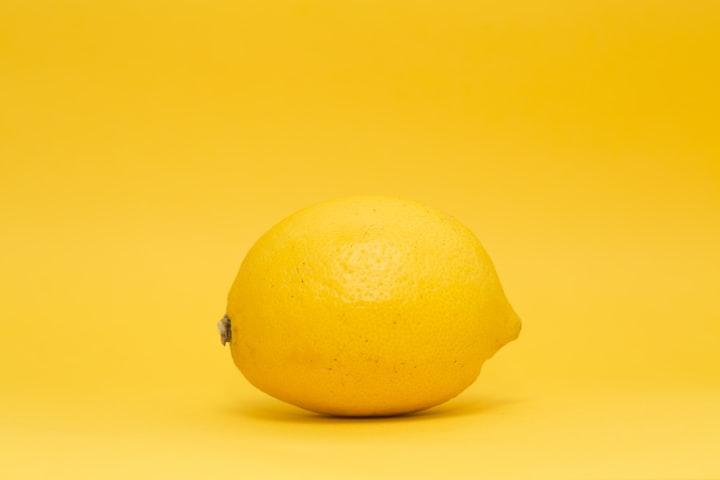Vitamin E is found in many foods, including vegetable oils, wheat germ, and leafy green vegetables. It is also available as a dietary supplement.
Vitamin E is a fat-soluble vitamin that plays an important role in maintaining the structure of cell membranes and protecting cells from damage. It also helps to boost the immune system and to keep blood vessels healthy.
Most people get enough vitamin E from their diet and do not need to take supplements. However, some people may benefit from taking supplements, such as those who have certain medical conditions or are at risk for deficiency.
Wheat germ oil
Wheat germ oil is an excellent source of vitamin E. It is also a good source of other nutrients, including magnesium, phosphorus, and potassium. Wheat germ oil is high in fat and calories, so it should be used sparingly.
Sunflower, safflower, and soybean oil
Sunflower oil is high in vitamin E and also contains other nutrients such as linoleic acid, which is an essential fatty acid. Safflower oil also contains high levels of vitamin E as well as other beneficial nutrients such as oleic acid. Soybean oil is another good source of vitamin E and also contains omega-3 fatty acids, which are beneficial for heart health.
Sunflower seeds
Sunflower seeds are a good source of vitamin E. One ounce (28 grams) of sunflower seeds provides 7% of the Daily Value (DV) for vitamin E . This means that consuming just 1 ounce (28 grams) of sunflower seeds can help you reach your daily needs for this important nutrient.
In addition to being a good source of vitamin E, sunflower seeds are also a good source of magnesium and copper. Magnesium is involved in over 300 biochemical reactions in the body and is necessary for energy production, muscle contraction, and nerve function . Copper helps form connective tissue and plays a role in iron absorption .
Peanuts, peanut butter
Vitamin E is a nutrient found in peanuts and peanut butter. It is a fat-soluble vitamin, meaning it dissolves in fat and can be stored in the body for an extended period of time. Vitamin E is an important vitamin for many bodily functions, including maintaining healthy skin and eyesight, boosting the immune system, and preventing cell damage.
Peanuts are a good source of vitamin E. One ounce (28 grams) of peanuts contains 7 milligrams of vitamin E, or 47% of the recommended daily value (DV) . Peanut butter is also a good source of this nutrient – one tablespoon contains 2 milligrams or 13% of the DV .
Vitamin E is important for several reasons. It acts as an antioxidant, helping to protect cells from damage caused by free radicals. Free radicals are unstable molecules that can cause cell damage leading to various diseases such as cancer . Vitamin E also helps boost the immune system by improving communication between cells . Additionally, this nutrient helps keep skin healthy by reducing inflammation and promoting wound healing .
While most people consume enough vitamin E through their diet, some groups may be at risk for deficiency. This includes people with certain medical conditions such as Crohn’s disease or cystic fibrosis that make it difficult to absorb fat-soluble vitamins from food . Older adults are also at risk for deficiency because they may not absorb nutrients as efficiently and their bodies may not use them as effectively . Smoking cigarettes can also reduce the amount of available vitamin E in the body .
If you think you may be deficient in vitamin E, talk to your doctor about getting tested. Supplementation may be recommended if you are found to be deficient. otherwise, consuming foods like peanuts and peanut butter that contain this nutrient is a great way to ensure adequate intake.
Beet greens, collard greens, spinach
Beet greens, collard greens, and spinach are all excellent sources of vitamin E. Vitamin E is a powerful antioxidant that helps protect cells from damage and may help to reduce the risk of some chronic diseases. These leafy greens are also good sources of other nutrients, including vitamin C, folate, and manganese.
Pumpkin
Pumpkins are rich in nutrients that support health in several ways. For instance, they contain high levels of antioxidants like beta-carotene and vitamin C. These nutrients scavenge harmful toxins known as free radicals from the body cells to help protect against cellular damage that can lead to chronic diseases like cancer . Additionally, pumpkin’s fiber content helps keep the digestive system functioning properly by promoting regularity and preventing constipation . What’s more, this gourd is an excellent source of the vision-protecting nutrient lutein .
As pumpkins are available year-round in most supermarkets today, you can easily incorporate them into your diet. One simple way to do so is to add roasted pumpkin pieces to salads or use pureed pumpkin as a healthy replacement for butter or oil in baking recipes. You can also try incorporating pumpkins into soups or stews for added flavor and nutrition.
Red bell pepper
Vitamin E is a nutrient found in many foods. It is important for cell growth and protects the body from damage caused by free radicals. Free radicals are molecules that can damage cells and lead to disease.
Red bell peppers are an excellent source of vitamin E. One red bell pepper contains 3.4 milligrams of vitamin E, which is more than 20% of the recommended daily intake for adults. Vitamin E is found in the flesh and seeds of red bell peppers, so be sure to eat the whole pepper to get all the benefits!
In addition to being a good source of vitamin E, red bell peppers are also high in vitamins A and C. They are also a good source of fiber and potassium. Red bell peppers can be eaten raw, cooked, or roasted. They can be used in salads, soups, stews, stir-fries, or as a pizza topping.
